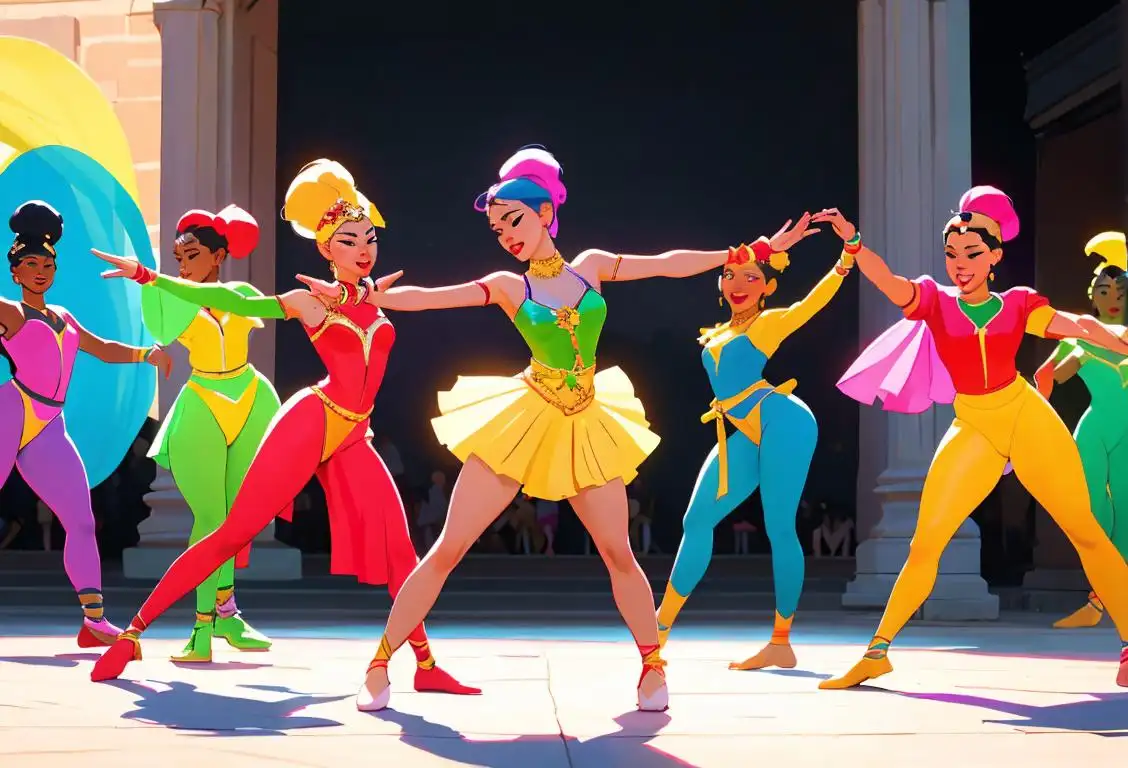National Stick Shift Day

Buckle up, car enthusiasts! It's time to shift into gear and celebrate National Stick Shift Day!
When is Stick Shift Day?
It's national stick shift day on the 16th July.
The Joy of Driving Stick Shift
There's something undeniably thrilling about driving a car with a manual transmission. The smooth, precise shifts, the feeling of control and connection with the machine—it's an experience like no other. National Stick Shift Day is a celebration of this timeless driving tradition, paying homage to the art and skill of mastering the manual transmission.
On this special day, automotive lovers come together to share stories, tips, and even show off their stick shift prowess. From classic sports cars to rugged off-road vehicles, stick shift enthusiasts relish in the fun and challenge of commanding their car's gears with finesse and finesse.
So why drive stick shift when there are so many automatic options out there? Well, for one, it's like dancing with your car. The coordination, rhythm, and precision required to navigate a shifting pattern add a whole new level of engagement to the driving experience. Plus, stick shift cars tend to be more fuel-efficient and offer better control, especially in certain driving conditions.
But driving stick shift goes beyond just being practical or fuel-efficient. It's a nostalgic nod to the golden era of driving—a time when engines roared, tires squealed, and the road was yours for the taking.
Whether you're a seasoned pro or someone looking to delve into the world of manual transmissions, National Stick Shift Day is the perfect occasion to celebrate, learn, and appreciate the joy of driving stick shift!
History behind the term 'Stick Shift'
1894
The First Gear Shift Design
In 1894, the first gear shift mechanism for automobiles was introduced by French engineer Louis-René Panhard. This early design featured a lever that allowed drivers to manually select between different gears. The gear shift was usually located on the floor of the vehicle, making it easily accessible to the driver.
1904
The Invention of Constant Mesh Transmission
In 1904, the constant mesh transmission was invented by Dutch engineer Anton van Delden. This transmission system utilized different gears that were constantly engaged with each other, resulting in smoother gear shifting. The addition of synchromesh gears in the 1920s further improved the ease of shifting gears, reducing the need for double-clutching and enabling smoother gear changes.
1933
Synchronized Manual Transmissions
In 1933, General Motors introduced the first fully synchronized manual transmission system in their Chevrolet models. This innovation revolutionized gear shifting by synchronizing the rotational speed of the gears, allowing for smoother and effortless shifting. The synchronized manual transmission, also known as synchromesh, gradually became a standard feature in most manual transmission cars.
1955
Term 'Stick Shift' Emerges
The term 'stick shift' emerged in 1955 to describe the manual transmission in automobiles. The name derived from the use of a shifting lever, resembling a stick, located on the floor of the vehicle. The 'stick shift' became synonymous with manual transmission cars and gained popularity in North America.
1970s
Popularity of Automatic Transmissions
In the 1970s, the popularity of automatic transmissions started to rise significantly due to the convenience they offered. Automatic transmissions eliminated the need for manual shifting, allowing drivers to focus more on the road and reducing the learning curve associated with manual transmissions. This shift towards automatic transmissions led to a decline in the use of the term 'stick shift' as more drivers opted for the simplicity of automatic gearboxes.
Present
Manual Transmissions and Enthusiast Appeal
Although the prevalence of automatic transmissions has increased, manual transmissions continue to have a dedicated enthusiast following. Many car enthusiasts appreciate the greater control and engagement offered by manual gearboxes, leading to the continued use of the term 'stick shift' in enthusiast communities. Manual transmissions remain popular in sports cars, off-road vehicles, and certain performance-oriented segments, keeping the term alive in automotive vernacular to this day.
Did you know?
Did you know? The first patent for a gearshift mechanism in a vehicle was granted to Karl Benz in 1893. So, if you're ever cursing at a particularly tricky shift, just remember that even the earliest inventors had to work out the kinks.Tagged
fun sportsFirst identified
16th July 2018Most mentioned on
16th July 2019Total mentions
117Other days
Golf Day
Hunting And Fishing Day
Cancer Survivors Day
Fitness Day
Memorial Day
Gymnastics Day
Dance Day
Foundation Day
Jr Smith Day
Left Handers Day









